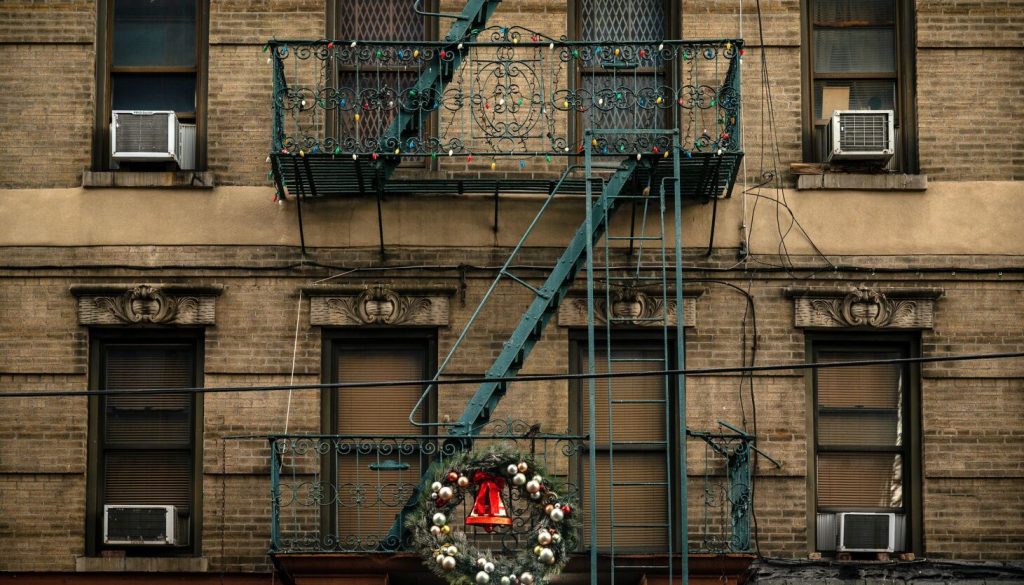The Northwest Bronx is home to residences with some of the most persistent heat issues, according to a new report from the city comptroller’s office that calls for more strategic enforcement of existing laws.
Between 2017 to 2021, residents submitted 814,542 complaints across 70,766 privately owned buildings throughout the city, with 30% of those complaints coming from just 1,077, or 1.5%, of the buildings.
Three of the four community districts with the most buildings where tenants complained about not having heat are located in the Bronx, according to the report that tracked complaints filed through 311, the city’s government service and information hotline, between October and May of each year.
An outsized share of the buildings where tenants said they lacked heat, the report found, were concentrated in the Northwest and South Bronx, northern Manhattan and central Brooklyn — all areas with large Black and Latino communities. Community Board 7 in the Northwest Bronx had 103 buildings with complaints, the highest number, followed by Community Board Four in the South Bronx, with 86 buildings.
Heating issues can push desperate tenants to warm themselves in potentially dangerous ways, including by plugging in electric space heaters or using stoves as a heat source. Electric space heaters sparked more than 100 fires in The Bronx last year, according to the report, including the deadly blaze at the Twin Parks apartment complex that killed 17 people and displaced dozens more.
Since that fire, legislators have proposed several fire safety measures, including a bill from City Councilmember Pierina Sanchez (D-The Bronx) — whose district has some of the highest numbers of heat complaints — to fine landlords over twice their current fees for those who rack up multiple hazardous violations. Gov. Kathy Hochul signed a bill into law last month that would tighten regulations on the sale and production of electric space heaters.
The comptroller’s report calls for more comprehensive site inspections that would provide more information for code inspectors, including a building’s violations history.
It also makes several recommendations for specifically targeting repeat offenders, including scaling up a program that installs heat sensors in apartments, using technology allowing on-site data entry to reduce inspection times, permitting tenants to schedule inspections, and conducting joint inspections of central heating and distribution systems by the city departments of both housing and buildings.
Enforcement Issues
Of the 1,077 buildings that registered at least five complaints per heat season, the city failed to take any enforcement action against 274 of them, or more than 25%.
Enforcement includes issuing a violation, pursuing litigation, sanctioning the building under the emergency repair program (which entails fixes made by the city, for which the landlord must pay), and a program that installs heat sensors in every apartment in the most vulnerable buildings.
The heat sensor program is still starting out, with only 50 buildings participating. Enforcement is also lacking, as 10 of 18 buildings chosen in The Bronx have not installed the sensors required under a 2020 law.
The report notes that while the issuance of violations correlated to a 47% average drop in the number of heat complaints the following year, just 21,610 or 3% of those 814,542 heat complaints resulted in a violation for failure to provide adequate heat.
In a “front-door system” that’s “complaint driven,” more enforcement is crucial, especially for repeat violators, Comptroller Brad Lander told THE CITY. Issuing violations is one way to hold routine offenders accountable, but they are rarely written, Lander said.
“And then these other enforcement tools of litigation and the heat sensor program and ERP, they clearly, as our data shows, can be very effective, but there isn’t a kind of rule-bound or clear formulaic way that they are triggered,” Lander told THE CITY. “They happen and when they do, they are quite often successful. But, nonetheless, you can still be in a building that’s complaining over and over and over again, and it never triggers the requirement that one of these other enforcement strategies is used successfully.”
Overall, 75% of complaints were resolved after a tenant informed an inspector by phone (51%) or in person at the building (24%) that the heat had been restored. Thirteen percent were closed because an inspector couldn’t access the apartment of the complainant or any other resident in the building, and 8% were closed after an inspector visited and determined that temperature levels were in fact appropriate.

